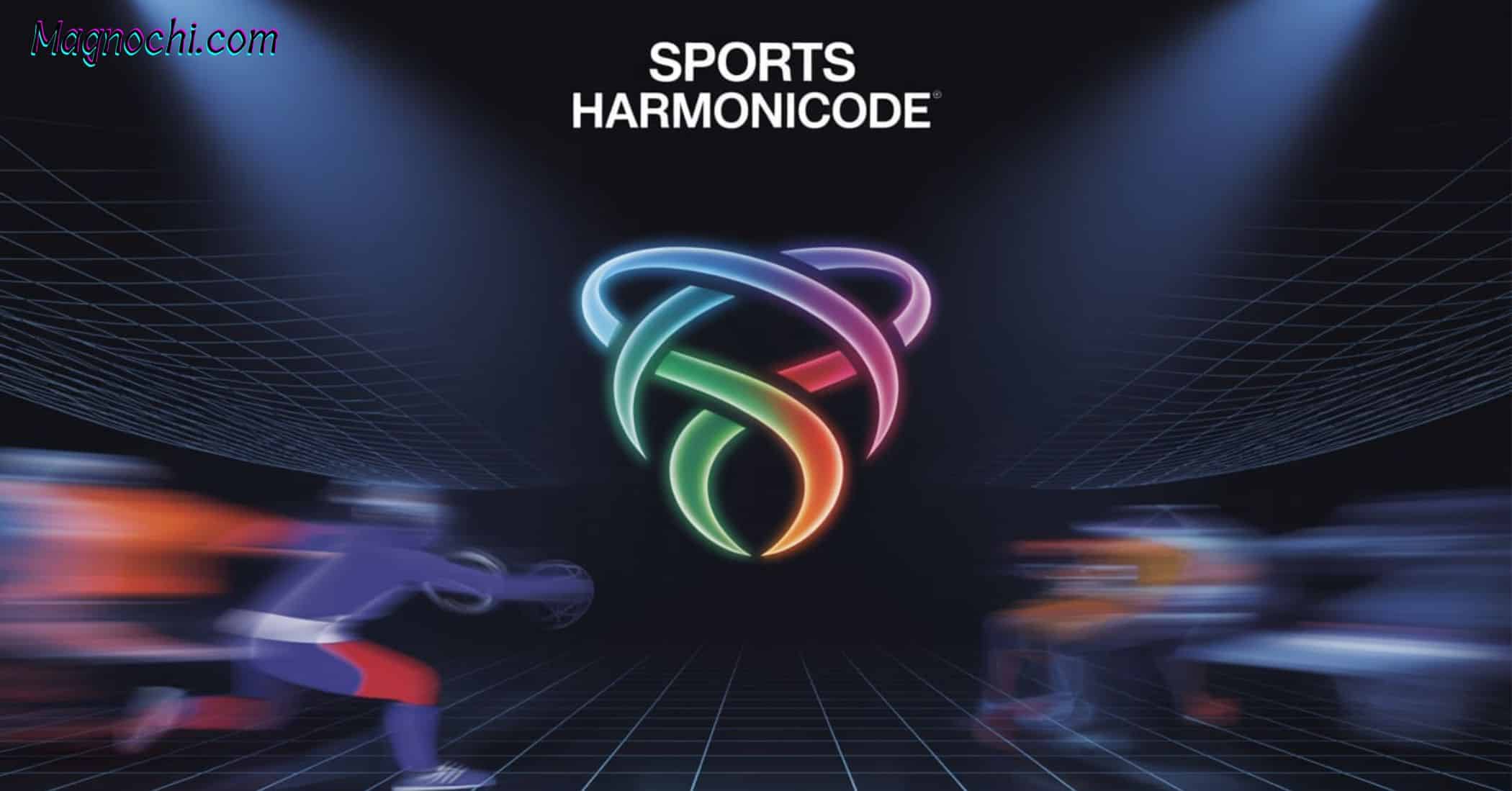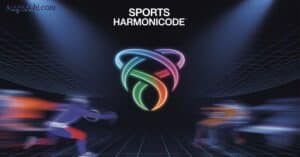The world of sports and gaming is in the middle of a revolution. The rise of Sports Harmonicode marks a turning point where coding logic, athletic training, and digital analytics converge.
Whether you’re a professional gamer, a sprinter chasing milliseconds, or a coach tracking every heartbeat of your team, this technology is shifting the way competition looks.
Instead of relying only on instinct or old-school training, athletes and gamers now benefit from algorithmic feedback, sensor-based analytics, and AI-driven real-time feedback.
This isn’t a futuristic dream it’s already reshaping competitive gaming and physical sports in measurable ways.
Defining Sports Harmonicode
At its core, Sports Harmonicode blends motion sensors, biometric capture, and code-based analysis into a seamless training system. Imagine every movement your stride, your swing, even your reaction time being translated into a code-like language. That’s the “harmonicode.”
This isn’t just another fitness tracker. Unlike traditional analytics, Harmonicode sports focuses on creating a real-time feedback loop. Players receive instant corrections through HUD (Heads-Up Display), controller haptics, visual indicators, or audio cues.
- Gamers can fine-tune aiming precision with modules like the HarmoniAim module or AimPerfect SDK.
- Athletes can optimize sprinting mechanics, stride length, and stroke timing with systems like SprintSync or MotionAthletix.
In short, Sports Harmonicode isn’t just about recording; it’s about guiding, adapting, and optimizing.
Origins and Evolution
The journey of Sports Harmonicode began in the mid-2020s, fueled by rapid advances in VR/AR integration, wearable sensors, and AI-driven coaching platforms.
While early experiments focused on gaming performance tracking, startups quickly realized its potential for physical sports enhancement.
- BioSync pioneered biometric capture systems that could track heart-rate monitors alongside motion-capture data.
- MotionAthletix pushed into VR boxing and basketball shooting arc correction.
- Nike R&D Lab experimented with sprint form correction and stride length analysis for track athletes.
By 2025, SportsTech Insights reported that the market had already grown to $250M in value, with projections to double to $500M by 2028.
The Mechanics: How Sports Harmonicode Works
Sports Harmonicode functions as a layered system of sensors, software, and analysis modules.
- Capture Phase
- Wearable sensors, optical trackers, and heart-rate monitors record biomechanical data.
- VR integration provides spatial awareness.
- Translation Phase
- Movements are converted into motion-capture data.
- Algorithms convert this data into a harmonicode sequence, which acts like a coded blueprint of performance.
- Feedback Phase
- Dashboards, heatmaps, and reaction-time graphs display results.
- Athletes receive controller haptics, audio cues, or ghost overlays for correction.
- Optimization Phase
- Coaches and players use data-driven insights for performance optimization.
- Systems suggest tweaks in stride length, swing speed, or shooting arc.
📊 Diagram: Flow of Sports Harmonicode System
Motion Sensors & Wearables → Data Capture → Algorithmic Feedback → Real-Time Feedback Loop (HUD, Haptics, Visuals) → Performance Optimization
Applications in Competitive Gaming
In the esports world, milliseconds decide champions. Harmonicode sports is transforming competitive gaming in several ways:
- Reaction Time Improvement
Players see reaction-time graphs and heatmaps that pinpoint delays. This is crucial in CS:GO teams or League of Legends (LoL) teams where split-second actions decide outcomes. - Performance Tuning
Using modules like HarmoniAim, gamers adjust aim precision, recoil control, and decision speed. - Strategic Refinement
Coaches access post-session dashboards with heatmaps showing movement paths, accuracy, and weak spots. - Case Example: Team RedLine eSports adopted the AimPerfect SDK and reported 12% improvement in average reaction time across their roster.
Applications in Physical Sports
For athletes, Sports Harmonicode acts like a digital coach:
- Sprinting: Systems like SprintSync tech track stride length and contact time. Olympic coach Jordan Clemmons has used it to fine-tune sprint mechanics.
- Basketball: Optical trackers measure shooting arc consistency for free throws.
- Tennis: Swing speed and stroke timing are analyzed for consistency.
- Swimming: Underwater biometric capture helps synchronize stroke timing and breathing.
- Baseball: Pitchers get algorithmic coaching for throw mechanics to reduce injury risk.
By merging VR/AR integration with real-time feedback, athletes get corrections mid-action. Imagine a tennis player seeing a ghost overlay of their ideal swing right as they play.
Comparative Advantages Over Traditional Methods
| Training Method | Traditional Coaching | Sports Harmonicode Approach |
|---|---|---|
| Data Capture | Manual observation | Motion sensors, wearables |
| Feedback Speed | After-session notes | Real-time feedback loop |
| Personalization | One-size drills | Algorithmic feedback tailored to player |
| Injury Prevention | Limited | Biomechanics + biometric capture |
| Engagement | Passive drills | Interactive HUD and VR simulations |
This table highlights how Sports Harmonicode provides consistency in training and more precise performance optimization than older methods.
Benefits for Stakeholders
- Athletes and Gamers: Faster improvements, lower injury risks, training efficiency, and better focus.
- Coaches and Trainers: Access to data-driven insights, dashboards, and heatmaps that simplify complex decisions.
- Industry Leaders: Sponsorships, new monetization streams, and fan engagement via virtual simulations.
- Collegiate Athletic Departments: Early adoption of training automation to give athletes a competitive edge.
“With Sports Harmonicode, the difference between guesswork and certainty is just a click away.” – Jordan Clemmons, Olympic sprint coach
Challenges and Criticisms
While powerful, Harmonicode sports isn’t perfect:
- Calibration Issues: Sensors may misread movement in VR integration setups.
- Cost Barriers: Systems like MotionAthletix or SprintSync tech remain expensive for grassroots teams.
- Data Privacy: Athletes worry about who owns their biometric capture and motion-capture data.
- Over-Reliance: Critics fear athletes could depend too much on algorithmic coaching instead of instinct.
Market Growth and Adoption Trends
The SportsTech Insights report shows rapid adoption:
- Market size of $250M in 2024 projected to $500M by 2028.
- BioSync and AimPerfect are dominating in gaming, while SprintSync and MotionAthletix expand in athletics.
- Nike R&D Lab continues to experiment with AI-driven real-time feedback modules for track athletes.
This growth reflects demand for performance enhancers that merge gaming performance tracking with physical sports enhancement.
The Future of Sports Harmonicode
Looking ahead, Sports Harmonicode could shape a new hybrid category of sport: part esports, part athletics. Some possible directions include:
- Metaverse Training: VR/AR integration making virtual simulations indistinguishable from real-life scrimmages.
- AI-driven Coaching: Smarter digital coaches replacing assistant trainers.
- Olympic Integration: Testing Sports Harmonicode in sprinting or basketball training camps.
- Fan Engagement: Interactive dashboards where fans track their favorite athlete’s performance tuning in real time.
Recap Table: Sports Harmonicode at a Glance
| Aspect | Details |
|---|---|
| Definition | Fusion of code-based analysis, motion sensors, and real-time feedback for training |
| Applications | eSports training and physical sports enhancement |
| Key Benefits | Performance optimization, training efficiency, reaction time improvement |
| Main Challenges | Calibration issues, high cost, data privacy concerns |
| Market Growth Forecast | $250M (2024) → $500M (2028) |
| Future Outlook | Deeper AI-driven coaching and VR/AR integration |
Conclusion
The rise of Sports Harmonicode is more than just another tech trend it’s a fundamental shift in how humans train, compete, and win.
Whether you’re watching a League of Legends player improve with the HarmoniAim module or a sprinter refining stride length with SprintSync technology, the line between esports and physical sports is fading.
As adoption grows, expect Sports Harmonicode to become as essential as video analysis once was. The difference now is speed, precision, and interactivity.
For gamers, athletes, and coaches, the message is clear: the future belongs to those who harness data-driven training without losing their human edge.
FAQs
What is Sports Harmonicode and how does it improve performance?
Sports Harmonicode combines motion sensors, biometric capture, and algorithmic feedback to deliver real-time coaching that sharpens skills and boosts efficiency.
Can Sports Harmonicode be used in both eSports and physical sports?
Yes, Sports Harmonicode enhances training for competitive gaming with tools like aim modules while optimizing stride length, swing mechanics, and reaction time in physical sports.
Why is Sports Harmonicode considered the future of sports training?
Because Sports Harmonicode delivers data-driven insights, real-time feedback loops, and VR/AR integration, making it a powerful tool for performance optimization.
Read more knowledgeable blogs on Magnochi









